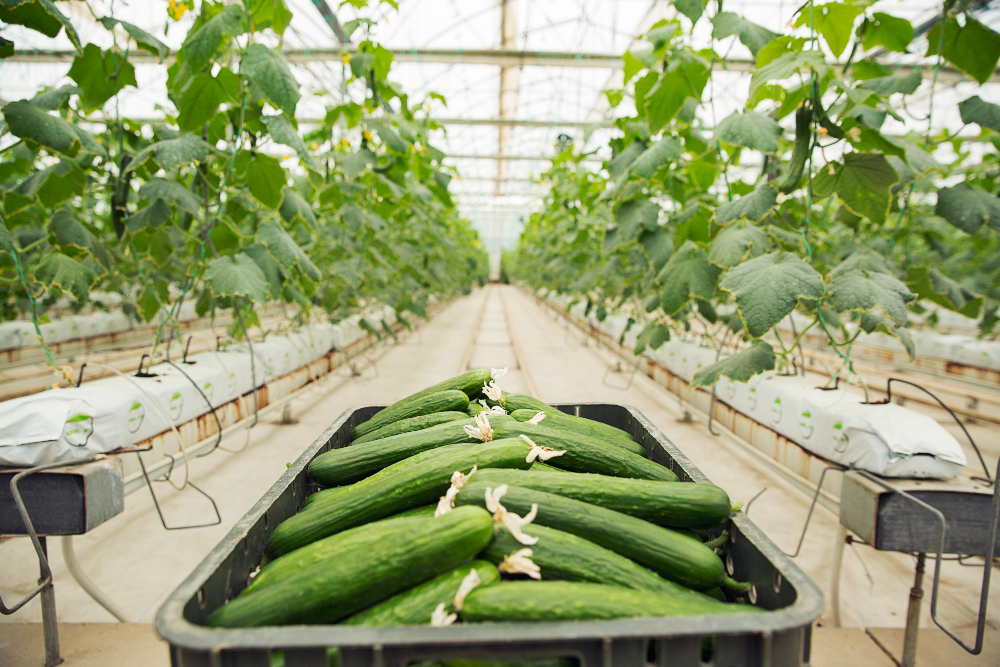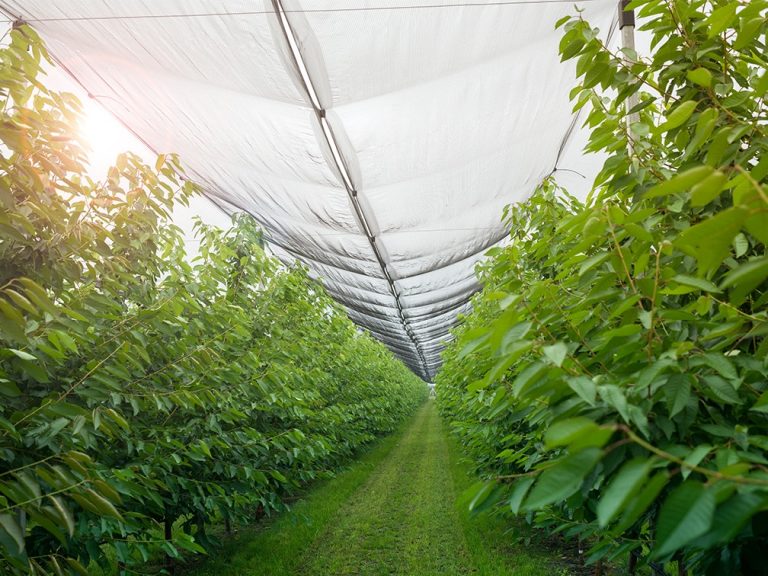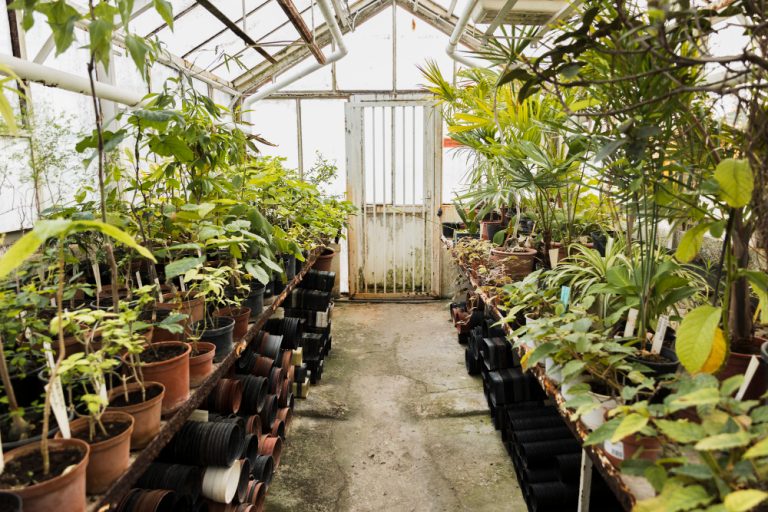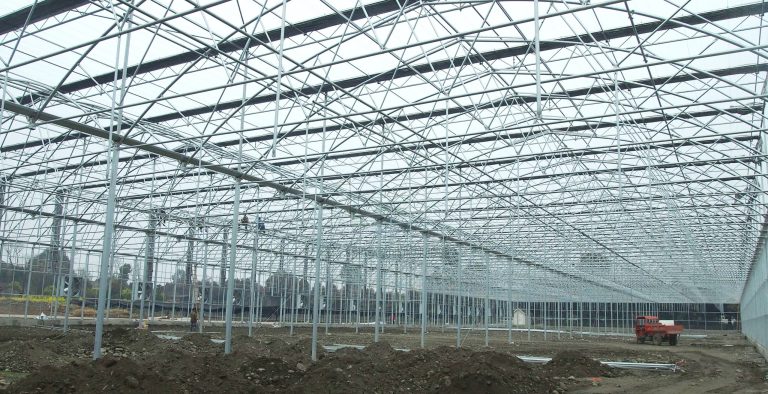
Choosing Sustainable Materials
To start making your greenhouse more eco-friendly,focus on building or retrofitting it with durable,low-impact materials that reduce waste and reliance on non-renewable resources.Opt for recycled or reclaimed wood,metal frames,or bamboo instead of new lumber to minimize deforestation.For glazing,choose polycarbonate panels or recycled glass over single-use plastics,as they offer better insulation and longevity.Avoid disposable plastics entirely by sourcing second-hand materials or DIY frames from salvaged items.
Improving Energy Efficiency
Energy consumption is a major environmental factor in greenhouses,so incorporate renewable sources and smart systems.Install solar panels on the roof or nearby to power lights,fans,and pumps,harnessing free sunlight for electricity.Use automated controls that turn off grow lights when natural sunlight is sufficient and coordinate heating/cooling to avoid overlap.Design the structure with south-facing orientation(in the Northern Hemisphere)for passive solar gain,and add thermal mass like stone or water barrels to store heat during the day and release it at night.
Water Conservation Techniques
Water waste can be significant,so implement systems that maximize efficiency.Set up rainwater collection barrels or gutters to capture and store roof runoff for irrigation,reducing reliance on municipal water.Use drip irrigation or hydroponic setups to deliver water directly to plant roots,minimizing evaporation.Recirculate excess water and nutrients in closed-loop systems to prevent runoff and pollution.Mulching soil with organic materials like straw can also help retain moisture.
Natural Heating and Cooling
Rely on passive methods to regulate temperature without fossil fuels.Incorporate vents,shade cloths,or automatic louvers for natural ventilation to cool the space in summer.For heating,use geothermal systems or compost heaps that generate warmth through decomposition.Insulate walls and foundations with eco-friendly materials like sheep’s wool or recycled denim to maintain stable temperatures year-round.
Reducing Waste and Enhancing Biodiversity
Minimize overall environmental impact by composting plant waste on-site to create nutrient-rich soil amendments,closing the loop on resources.Avoid chemical pesticides by introducing beneficial insects or using organic methods.Plant companion species around the greenhouse to support pollinators and improve ecosystem health.Regularly audit your setup for inefficiencies,like upgrading to LED grow lights if needed,to further cut energy use.
By implementing these changes,your greenhouse can become a self-sustaining haven that lowers your carbon footprint while boosting productivity.Start small with one or two upgrades,and scale as you see results.




